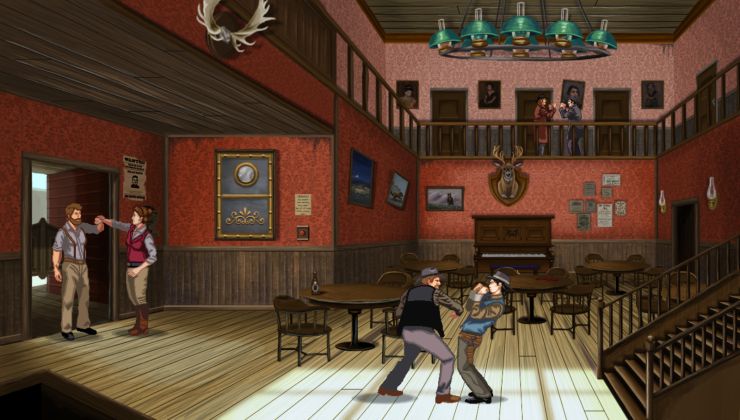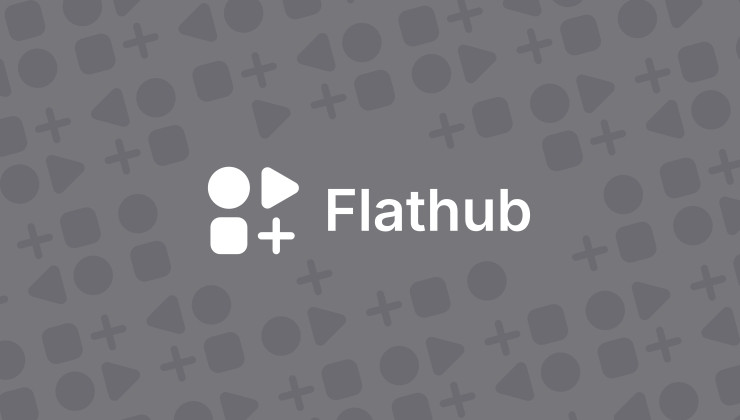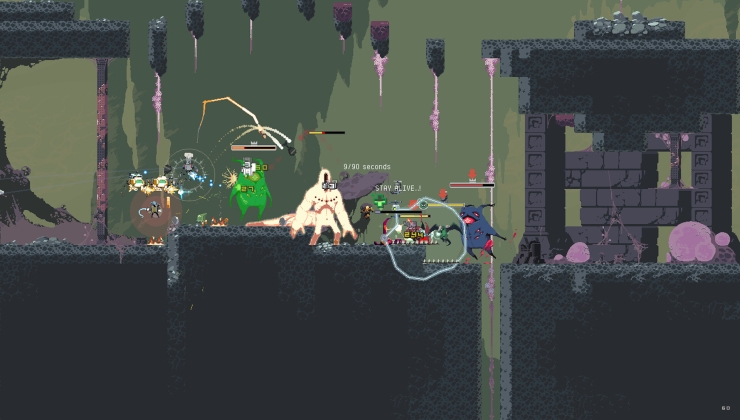Helping game developers integrate various AMD FidelityFX technologies into their games, AMD yesterday open sourced the FidelityFX SDK.
This SDK includes the likes of Blur, Depth of Field (DoF), Lens, Combined Adaptive Compute Ambient Occlusion (CACAO), Contrast Adaptive Sharpening (CAS), Super Resolution (FSR 1 and 2), Luminance Preserving Mapper (LPM), Parallel Sort, Single Pass Downsampler (SPD), Stochastic Screen Space Reflections (SSSR), Variable Shading (VS), Hybrid Reflections and Hybrid Shadows.
AMD mentioned that as their collection of effects grew and became more widely used, they needed to improve how developers could actually integrate them. So this SDK is the result to bring " simplicity, structure, and consistency" for FidelityFX.
Some highlighted features they noted:
- A consistent standard and style that is much more user-friendly.
- Easier application spawning letting us focus on core algorithm details rather than boilerplate setup code.
- A re-architected graphical framework that is not only more robust and ready, but is also API agnostic, allowing us to develop our effects across intended targets simultaneously.
- This also doubles as a great how-to in creating a custom backend implementation for developers’ own multi-platform engines.
- Extensive documentation.
- And lastly, we’ve taken a lot of the guesswork out of implementation steps by offering complete pre-built solutions for all of our effects. Most of which can be supported in under 20 lines of code.
- That being said, if you were a fan of taking the code we put out and manually integrating yourself, you are still free to do that. We’ve taken nothing away. All we’ve done is moved things into a more coherent structure on disk, and cleaned up the code to make it more consistent in style.
More in their announcement blog post on GPUOpen. Full source on GitHub under the MIT license.
amd: here we open sourced everything? bug us if you need something
Last edited by mt on 13 Jul 2023 at 6:05 pm UTC
I will get a higher resolution monitor soon, as I'm still "stuck" on 1080p, but still not 4K (1620p instead), and RSR would be useful for things like upscaling, or even taking screenshots natively, as it actually renders the screenshots at that higher resolution and not your monitor's resolution. And of course it actually looks better, even if the physical pixels aren't there.
I just need that thing where you can set higher resolutions than native...Give Gamescope a spin?
I just need that thing where you can set higher resolutions than native...Give Gamescope a spin?
Oh, right. I read about that before. - But isn't that something you have to configure for each individual game? As opposed to simply having the option of a higher resolution in the in-game settings.
But isn't that something you have to configure for each individual game? As opposed to simply having the option of a higher resolution in the in-game settings.Yeah, that would be the way to do it. I see your point but RSR is a gimmick honestly, and we absolutely do not want the Windows style bloat in our system drivers. Gamescope is a potent tool allowing us more flexibility and options anyway, only downside is the slightly more manual approach on a desktop Linux gaming machine.
Steam Deck utilizes tight Gamescope integration so it would be possible to use something similar on desktop, maybe with SteamOS 3 whenever Valve decides it's ready to release officially.







 How to set, change and reset your SteamOS / Steam Deck desktop sudo password
How to set, change and reset your SteamOS / Steam Deck desktop sudo password How to set up Decky Loader on Steam Deck / SteamOS for easy plugins
How to set up Decky Loader on Steam Deck / SteamOS for easy plugins
See more from me